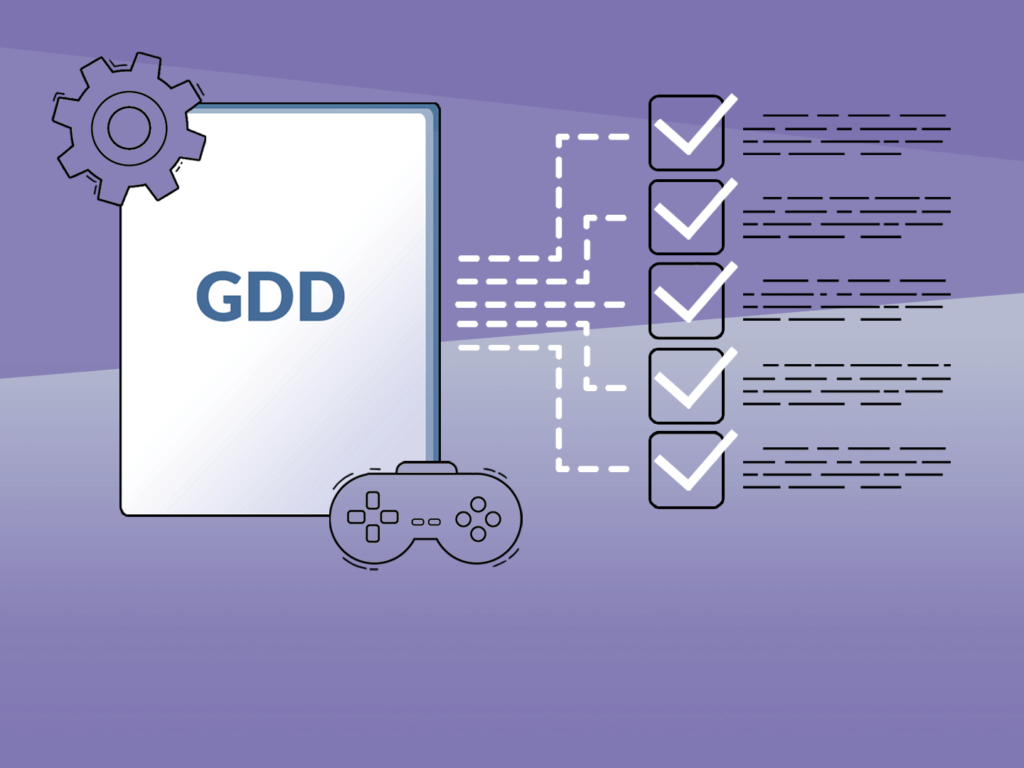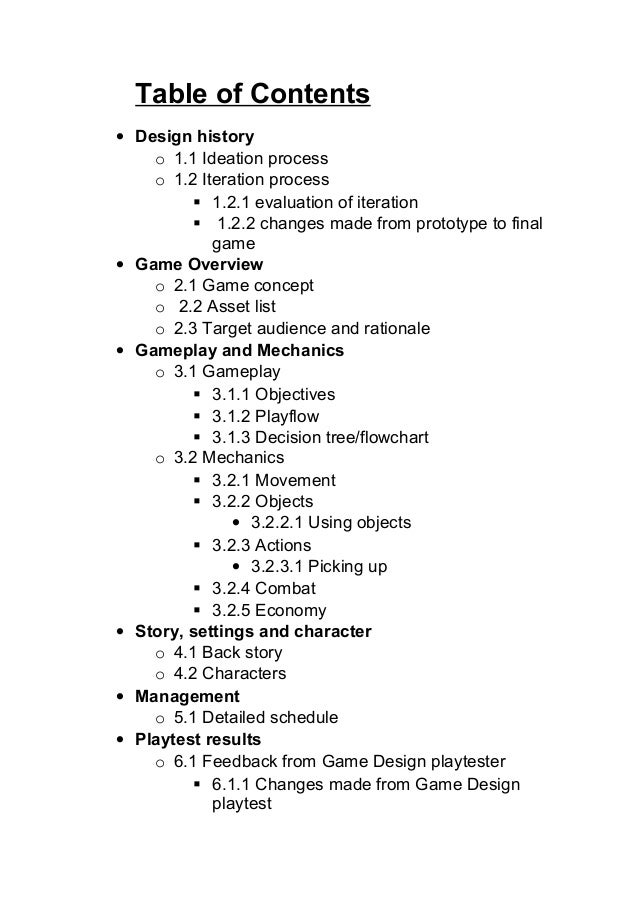Table Of Content

Instead of thinking of your design document as a database, it can be better to think of it as a communication tool. In which case, the best format for your design document will depend on what you’re doing with it. Which is why the format of your design document can make a huge difference to how helpful it is.
Unleashing the Power of Hyper-casual Game Art: A Comprehensive Guide
Or, you could add a rough timeline with some milestones that you’re hoping to hit during development. Or, if the narrative of the game is important, this is where you might outline the basic story. Some people love them, while some developers claim that they don’t use them at all and haven’t for some time now. When you’re making your game there’s a good chance that, at some point, you’re going to need to write down how it works. Featured Blog | This community-written post highlights the best of what the game industry has to offer.
Outline all the parts of your next video game
Maintaining detailed internal documentation is a must for effective game development process management. For decades, the GDD has been an industry standard, intended to provide everyone involved in the game design process with a singular vision. It's a highly descriptive, living document, created through the collaboration of designers, developers, and artists. A clear and well-structured GDD should guide you through the game development process, serving as a master checklist. Entire courses of study can be taken on user experience/user interface design specifically for games. For the purposes of game design documentation and generalist game designers, lists and simple diagrams go a long way in communicating the needs of the project to UX designers.
OUR MAIN SERVICES
Reference examples are included to provide the development team with a comprehensive understanding of the game’s style, gameplay, and mechanics, and to establish a standard for quality and design decisions. Typically, the lead game designer drafts the initial versions of a GDD. They are responsible for synthesizing, organizing, and filtering ideas to create a cohesive vision that aligns with the project’s overall vision. Some games have no story at all, and some live and die by their narrative elements (like visual novels, most kinds of adventure games, and many kinds of RPG). You might have anything from a simple premise like "you are a little guy on an island rolling sausages so they are fully cooked," to a Baldur's Gate 3-length script, with hundreds of characters and seemingly endless story beats. Here perhaps even more than any other portion of a GDD, your documentation will vary wildly with your project's overall goals and chosen genre.


First, you need the right tools available based on today’s technology. There's no hard rule about how many milestones a project must have, or even how long a milestone is. I tend to plan milestones that are two or three months long, but every project is different, and you should feel empowered to pick what works best for you. The general intent of milestones is that each one represents a sequential and self-contained amount of work that can be reflected on after completion.
Characters
The key rule here is to trust your team and allow them to unleash their full potential. Now that you understand the necessity of a GDD to ensure your project’s success, let’s find out how to write a game design document. It’s also important to add more than just details for the design and development teams. A GDD should include information about the intended audience, gameplay, characters, story, user interface, and more. Remember that anyone — from artists to marketers — may refer to this when working on the game. Depending on the scope of your game development project, your design document may end up being very brief or fairly long and complex.
A Game Design Document can be an invaluable tool for hypercasual studios - Pocket Gamer.Biz
A Game Design Document can be an invaluable tool for hypercasual studios.
Posted: Tue, 12 Jul 2022 07:00:00 GMT [source]
Game Director vs Creative Director: Understanding Their Pivotal Roles
Finally, if you have any ideas that you're not sure about, but would like to prototype, then this is the place for that stuff as well. It doesn’t matter if you’re the game designer or the character modeler. Even if you’re not going to write it yourself, you should know how to use GDD properly. The lead game designer typically writes the initial drafts of the GDD. In a GDD’s story section, it’s recommended to sketch out the game’s plot, characters, and settings. These tools offer streamlined organization within a development team, improved accessibility and comprehension for novice designers, and the rapid capture and sharing of ideas.
How to Write a Game Design Document (GDD)
The final two sections are where most design docs explode in both complexity and length. Not only is it a terrible idea, modern tools allow us to outline and communicate far more effectively than a single doc ever would. These can provide a handy starting point when thinking about character or level design. Think about different parts of your game, animation styles you could use, characters, or even the history of your topic.
However, with sufficient planning and thoughtfulness, you can make your game accessible to the nearly half billion gamers with disabilities in the world today. In short, however, you'll want to know how big the genre-specific and platform-specific audience for your game is. You can estimate this by looking at the copies of comparable titles sold, and can infer a bit more by looking at the size of online communities for comparable games. You'll also want to consider how to reach those people, whether it's by in-person events, social media, the building of a newsletter, or other methods.
It is utilized when the game concept becomes too complex to be mentally retained and when there is a need to communicate intricate aspects of the game to others effectively. A simple example here is to create a chart showing a menu screen, intro screen, the HUD during a level of play, and an ending screen. Mechanics can broadly be defined as the ways players interact with the world and systems of the game, and the way those systems give feedback or react to the player's actions. This should be a brief introduction to the project itself, often with a very clear vision statement outlining the high-level pitch for the game and what makes it special.
So feel free to use this outline, but remember, it’s just a starting point so you don’t have to start with a blank page. Just be sure to include clear and detailed information in each section. In the Art and Sound section, you’ll detail the visual and audio style of your game. It’s common for this section to include references from other games, movies, and other artwork for inspiration. Discuss the color palette, character designs, environmental aesthetics, and any visual themes that will create a cohesive look for your game. Also, remember that writing a GDD is a big job, but it’s an iterative process.
GDDs can be presented in traditional written documents or game design wikis, depending on the project’s requirements and team preferences. Both formats offer their own advantages, catering to different needs and work styles. The mechanics overview in a GDD encompasses the fundamental gameplay elements, providing detailed information on the controls, player interactions, and unique gameplay experiences that players will encounter. This overview offers a concise summary of the game’s essence, while refraining from delving into intricate specifics of game mechanics. You'd also be correct in assuming tools like Miro are practically perfect for outlining/charting/creating diagrams for illustrating gameplay mechanics and systems. You can even use visual features like boxes and bubbles in a program like Google Docs to rough out a clear diagram—there's no need to be fancy, so long as it is immediately readable to the reader/viewer.
If someone else can easily understand your game by reading your GDD then, even if you’re working alone, your design document will be much easier to work with and much more helpful to you as you build your project. One-page designs are great for showing the relationships between different parts of your game and, by simply using bigger and bigger pages, it’s possible to show broader, more high-level concepts on a single sheet. However, it’s important to identify what is the focus of the design document and what is the detail. Or, for a more practical approach, your design document might explain exactly how each of the systems, mechanics and features of your game are supposed to work. A basic example of a simple game design document (click for the full-size version).

No comments:
Post a Comment